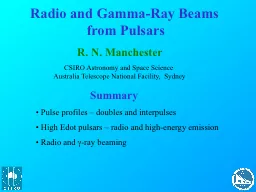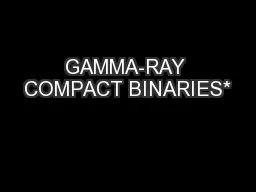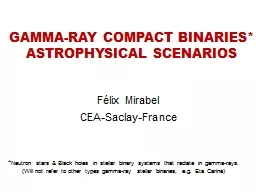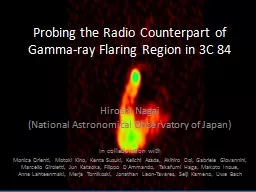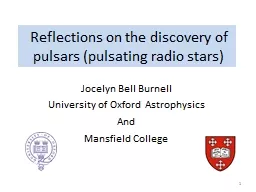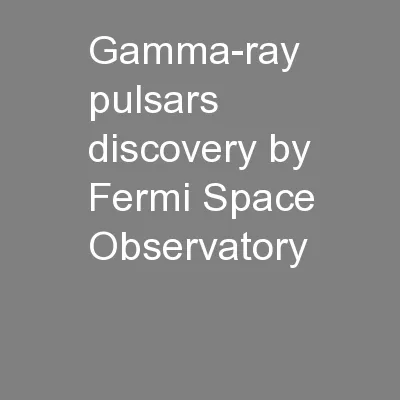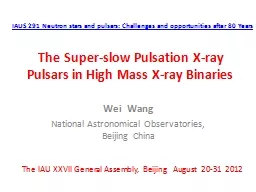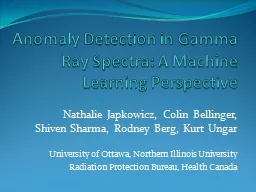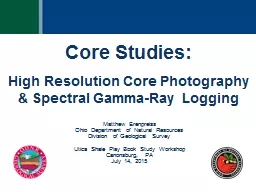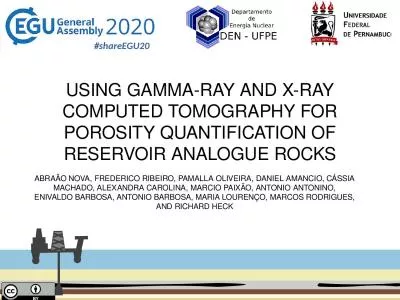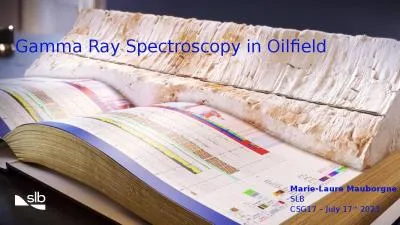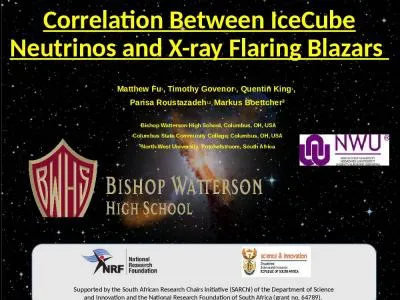PPT-Radio and Gamma-Ray Beams from Pulsars
Author : danika-pritchard | Published Date : 2016-06-24
R N Manchester CSIRO Astronomy and Space Science Australia Telescope National Facility Sydney Summary Pulse profiles doubles and interpulses High Edot pulsars
Presentation Embed Code
Download Presentation
Download Presentation The PPT/PDF document "Radio and Gamma-Ray Beams from Pulsars" is the property of its rightful owner. Permission is granted to download and print the materials on this website for personal, non-commercial use only, and to display it on your personal computer provided you do not modify the materials and that you retain all copyright notices contained in the materials. By downloading content from our website, you accept the terms of this agreement.
Radio and Gamma-Ray Beams from Pulsars: Transcript
Download Rules Of Document
"Radio and Gamma-Ray Beams from Pulsars"The content belongs to its owner. You may download and print it for personal use, without modification, and keep all copyright notices. By downloading, you agree to these terms.
Related Documents

